
Courtesy of Juergen Teller and ©Vivienne Westwood
It’s going to be an international fashion moment: This spring, the Dallas Contemporary is the site of two blockbuster exhibitions. “Vivienne Westwood: Get a Life” is a punchy exploration of the radical design and social activism of the legendary English designer, while “Birds” explores the decades-long collaboration between famed Italian photographer Paolo Roversi and the avant-garde Japanese house Comme des Garçons (both exhibits run March 29 to August 23). The Westwood show will be an immersive installation that sprawls over 12,000 square feet — the largest exhibition space in the museum.
It will include more than 60 objects, including fashion, photography, video, and graphics. The Roversi show — the first time his collaboration with Comme des Garçons has been the subject of an exhibition — will have more than 50 photographs, many of which have never been seen before.
The pair of shows builds on Dallas’ reputation for exciting fashion exhibitions, from Jean Paul Gaultier in 2011 to Iris van Herpen in 2017 and Christian Dior in 2019, all at the Dallas Museum of Art, and Jeremy Scott and Mario Sorrenti’s photographs of Kate Moss among last year’s fashion-themed shows at Dallas Contemporary. “We are the home of Stanley Marcus,” says Peter Doroshenko, executive director of the Dallas Contemporary. “And he often did the reverse: Before there was a great Beaux Arts museum, he was doing Impressionist shows with a quality that you could only see in major East Coast cities. Now, every contemporary artist is DJ’ing or working with fashion or writing, so it makes sense for us to engage as much as possible with fashion or fashion photography.”
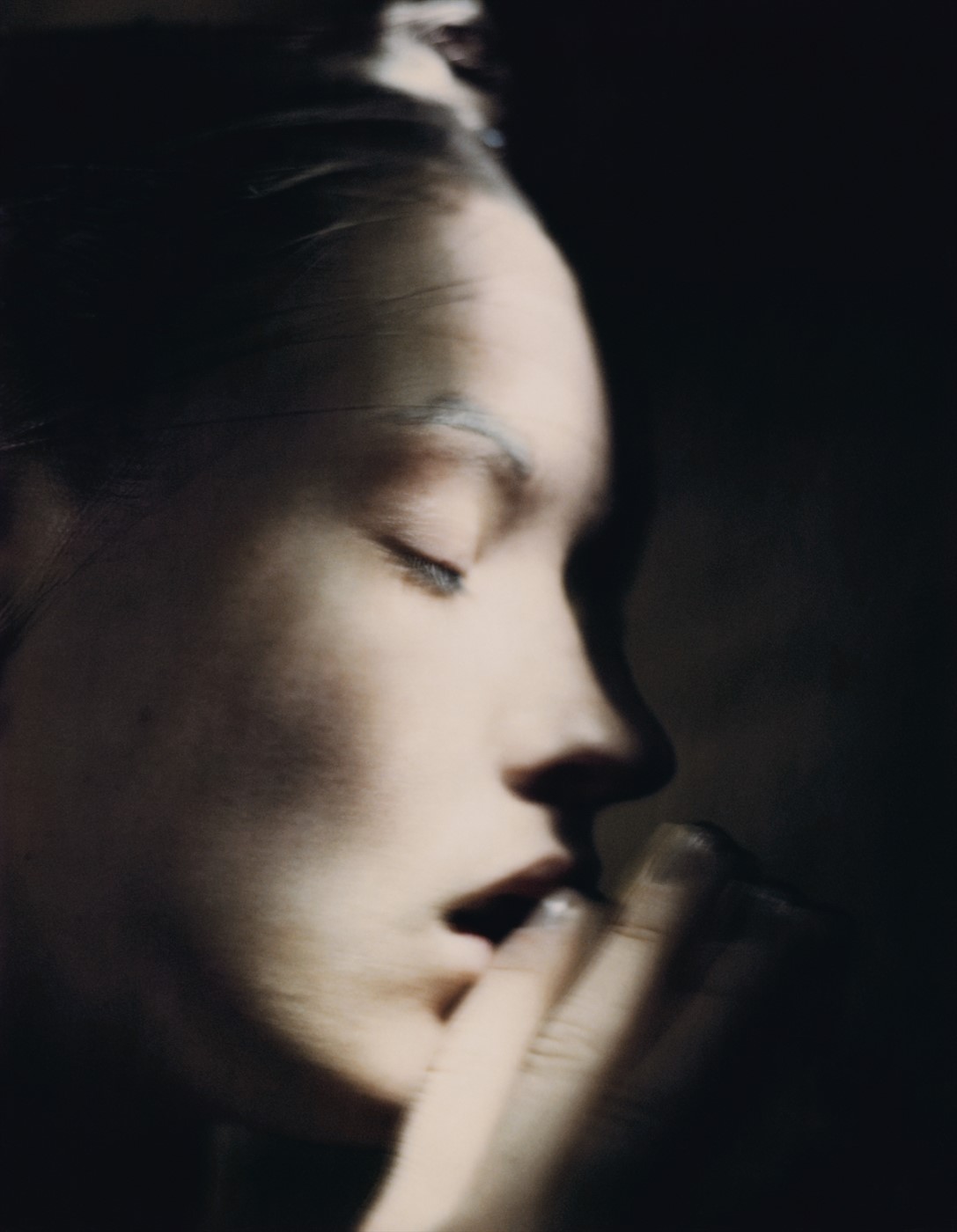
The Dallas Contemporary kicks off both exhibitions Saturday, March 28, with its S/S20 Gala (tickets start at $1,500, with tables going for up to $150,000). The irreverent evening honors Vivienne Westwood and toasts Paolo Roversi; the dress code is “Punk-chic, but make it sustainable” for a night of dinner, dancing, DJ’s, and an auction by Christie’s. “Designers and photographers and artists will be there, so guests can meet everyone in person,” Doroshenko says. “We try not to be the same as others — this is almost an anti-gala gala. And we want people to leave with a smile on their face, which is not always the case with other events.”
Zoe Bonnette, a gala co-chair, says that Westwood is planning a high-energy happening to end the evening. Although the details are still being finalized, Westwood’s idea is to lead the hundreds of guests out of the museum and into their very own protest. “It’s going to be fabulous,” says Bonnette, who hopes to track down a vintage Westwood number for the evening. “Vivienne Westwood is a wonderful designer, an activist, and such a strong woman. Her work is perfect for now — very modern. Then, to have the work of Paolo Roversi and Comme des Garçons, also with very strong points of view and their own followings … These two exhibitions go so well together: They really are art.”
Vivienne Westwood: “Get a Life”
In a career that spans five decades, Dame Vivienne Westwood has proven herself to be one of the great forces in fashion history. She burst onto the scene in 1971, with a shop at 430 Kings Road in London rebranded as SEX in 1974. Working with her partner, music impresario Malcolm McLaren, Westwood was a key figure in the birth of Punk: think bondage trousers, loose-knit mohair sweaters, and substantial safety pins. The shop was the birthplace of The Sex Pistols, led by Johnny Rotten and Sid Vicious and managed by McLaren; bass player Glen Matlock worked the counter. SEX was a key spot for many in the Punk movement, including Siouxsie Sioux, Billy Idol, and Chrissie Hynde.
“Punk was a reaction to the fact that the people who caused the Vietnam War were still running the world,” Westwood has explained. “It was like, ‘We are not going to accept any of your taboos or values at all. All activists are driven by the same motive: We cannot stand human suffering. We can’t stand the mismanagement of the world. Right now, we suffer climate change, the end of the civilization and the extinction of the human race. So, I am a fashion designer and an activist.’”
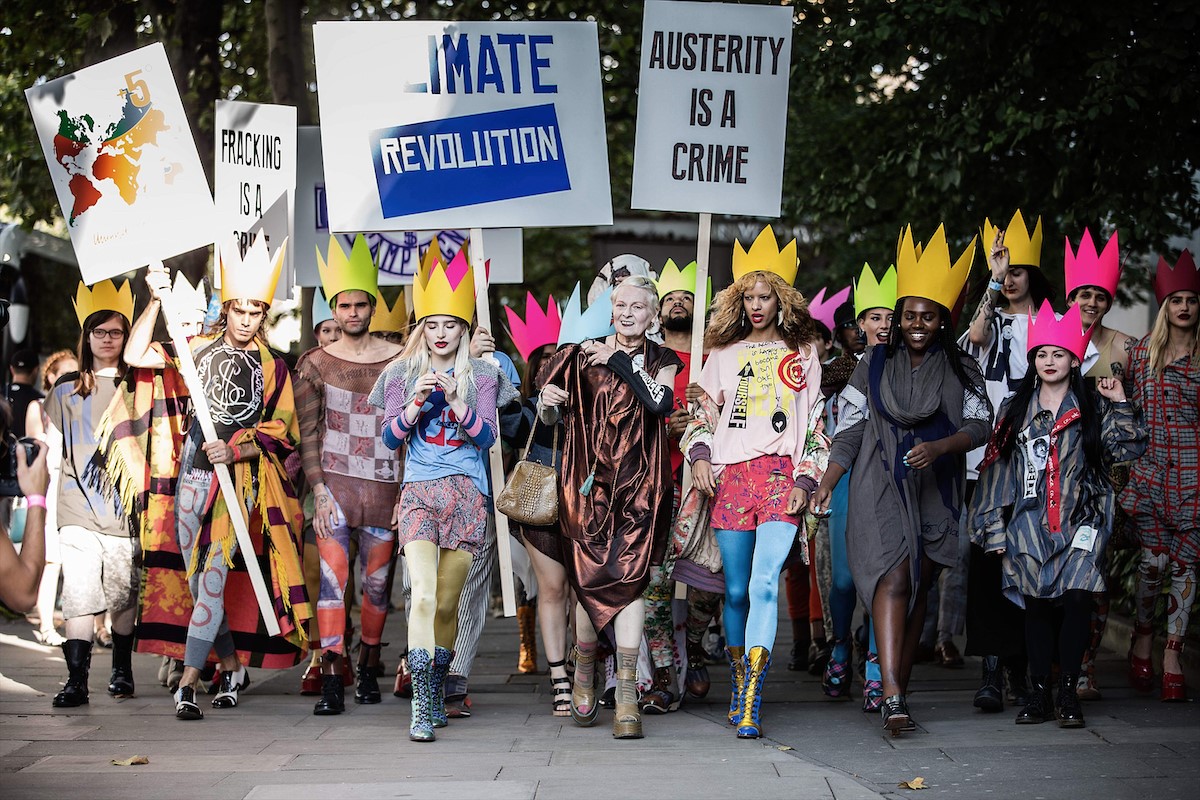
Doroshenko felt that the combination of Westwood’s design, graphics, photography, and activism was the perfect blend for the Dallas Contemporary. “We are in the Design District,” he says, “and we have always treated industrial design, fashion design, and photography as components of the arts. We are multidisciplinary — we want to push the boundaries.”
The Contemporary’s new senior curator, Laurie Farrell, was equally enthused about a Westwood exhibition. In fact, in 2015, she worked on a retrospective for the designer in her previous position at the Savannah College of Art and Design, curated by André Leon Talley. Two earlier, smaller versions of “Get a Life” have been mounted in Asia, in 2017 in Shanghai, and 2018 in Tokyo. But this will be the first time a show in North America has focused on Westwood’s activism.
“We really advocated to do this now,” Farrell says. “I think that it is incredibly timely. Perhaps our lack of attention to the climate and the environment is putting us in a position where we can simply no longer look the other way — we have to engage with this. So, the show is about how Vivienne is using fashion as a vehicle to convey social urgency. And she just doesn’t talk the talk — she is out there taking action.”
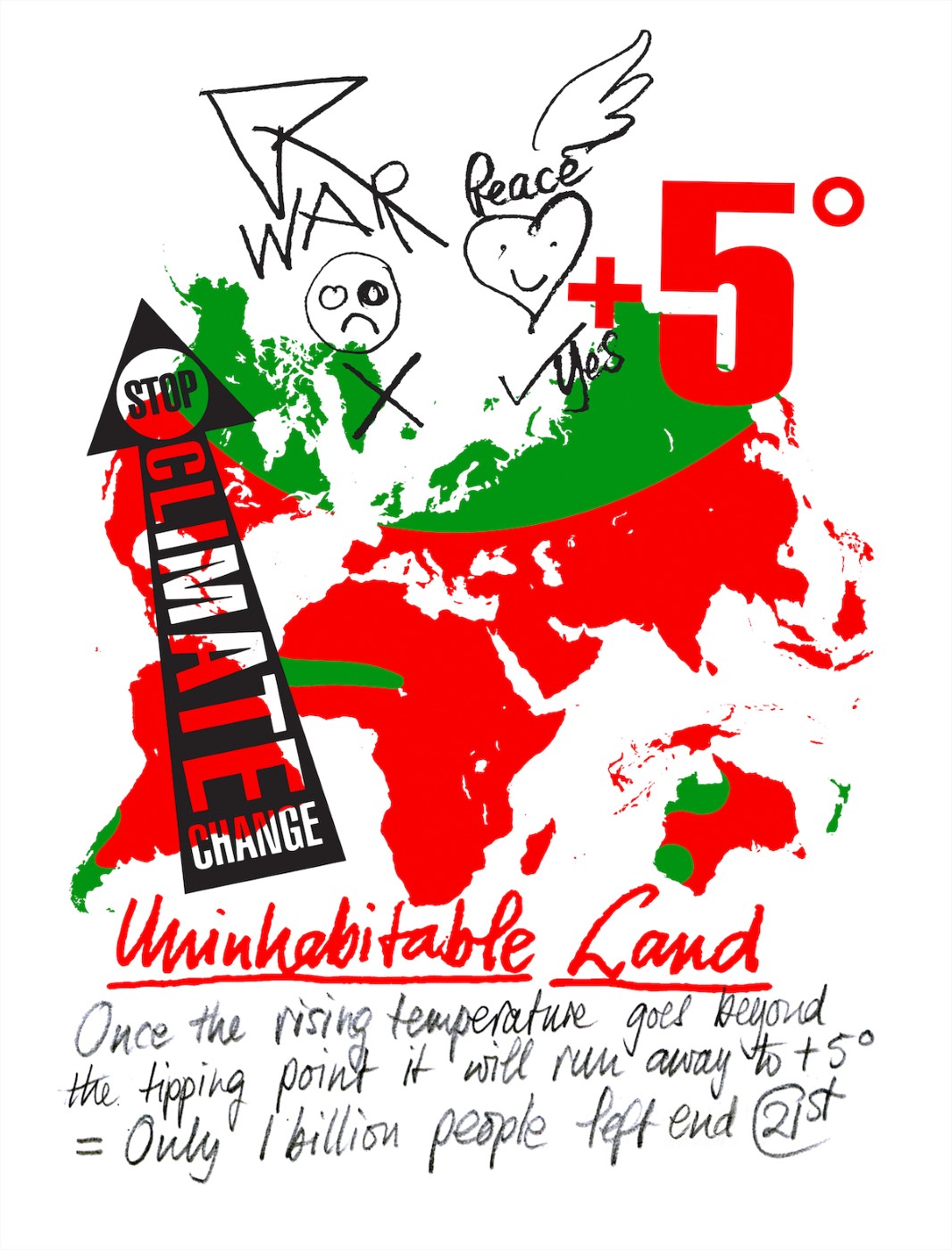
Westwood has been tireless in her advocacy, working closely with such organizations as Greenpeace and the United Nations. She has supported female artisans in Africa, worked with the Cool Earth to halt the destruction of the rainforest, and designed the official Save the Arctic logo for Greenpeace. One section of the show will focus on that initiative, when Westwood and photographer Andy Gotz shot 60 celebrities in her Save the Arctic T-shirt, including Dame Judy Dench, Jerry Hall, George Clooney, Stella McCartney, Naomi Campbell, and Kate Moss.
“There will be projections with the images of celebrities fading in and out,” Farrell says. “I think people will enjoy seeing who wore the T-shirts.”
One installation the curator is particularly excited about involves a printed backdrop of an original artwork by Westwood in front of an ensemble she designed in 2007, entitled I am Expensive. “She is talking about the fashion industry and sustainability,” Farrell says. “Choose well, buy less, make it last.” Farrell is also struck by the sheer scale of what Westwood has accomplished.
“The longevity of her career is something that aspiring designers and artists can learn from,” she says. “Lines are blurring, and it is important to show how people are stepping out of those boxes and making really compelling work.” For her part, the English designer has been clear about what she hopes the Texas audience will gain from the exhibition.
“The most important weapon we have is public opinion,” Westwood has said. “Go to art galleries, start to understand the world you live in — as soon as you are doing that, you’re a freedom fighter.”
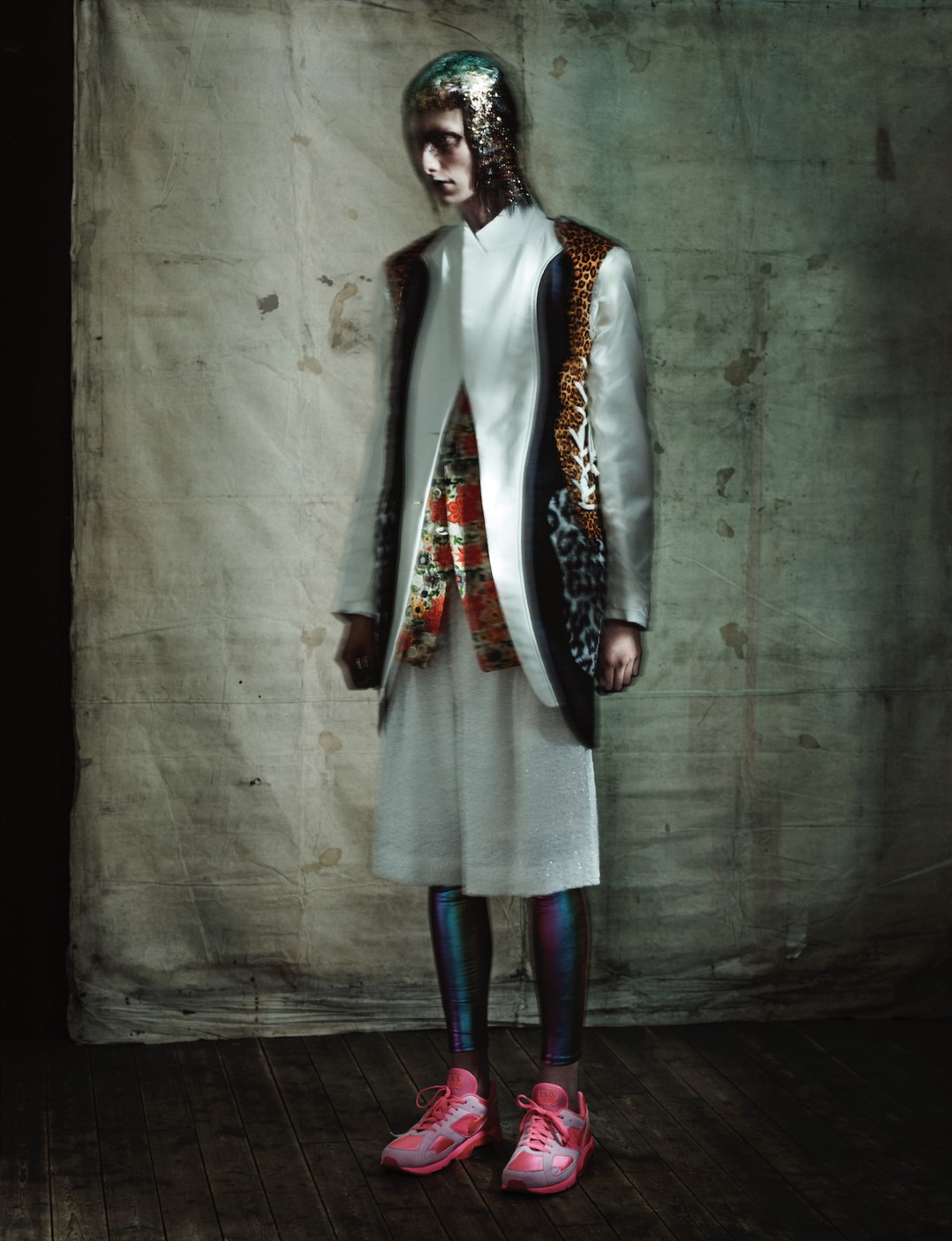
Paulo Roversi: “Birds”
“My collaboration with Rei Kawakubo goes back a long time,” Paolo Roversi says of his nearly four-decade collaboration with the designer for the fashion house Comme des Garçons. “Each time working with her is a new inspiring adventure. Because the Dallas Contemporary focuses on all arts, including fashion, it seemed a good opportunity to show my work together with hers.” Roversi, one of the most in-demand photographers in the world of fashion, is known for portraits and fashion photography that manage to be dreamy, lyrical, and incredibly modern. The curator of the Roversi exhibition is Dennis Freedman, long the creative director of W magazine and, later, of Barneys New York.
Freedman, now an independent curator based in New York, has worked closely with Roversi since the early ’90s. “I have always thought that Paolo’s work is extraordinary,” Freedman says. “And I thought this was something that Peter Doroshenko could be interested in for Dallas. In the end, we decided that it would be most effective if it was limited to one aspect. It was Paolo’s idea to concentrate on the photographs he has taken of Comme des Garçons. It was a very wise decision — a solid concentration of his work.”
Last fall, Doroshenko was shown hundreds of Roversi photographs of Comme des Garçons garments and advertising campaigns, and he insisted that the exhibition had to happen as soon as possible. “Roversi has always been on the list of people we wanted to engage with,” the museum director says. “There was a lot of movement in the Comme des Garçons images, male and female models in this airy state. That is how we came to the title ‘Birds.’”
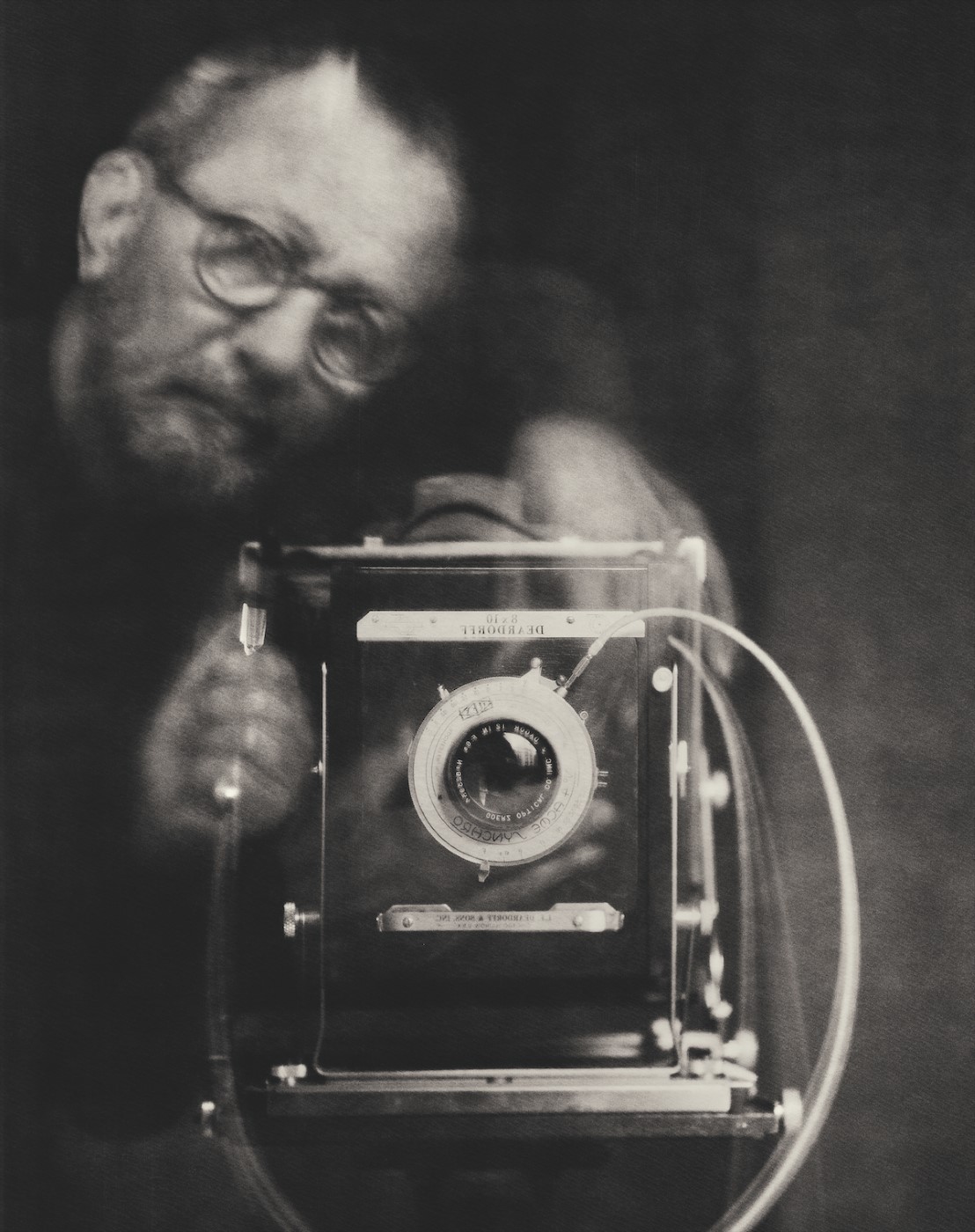
There is a dizzying variety of images in the show. “There are many approaches that Paolo took to his work here, each based on a particular collection,” Freedman says. “So, there are groupings of different approaches: black and white, muted colors, intense reds — all very illustrative of the range of Paolo’s career.” Freedman hopes to present the photos in a dramatic setting that reflects the radical aesthetic of Kawakubo, whose designs — jarring lumps and strange, startling silhouettes — were the subject of a 2017 exhibition at the Metropolitan Museum of Art.
It’s the combination of the two creators, photographer and designer, that makes the exhibition so compelling. “Compared with almost any other body of work from the fashion world, Comme des Garçons is certainly one of the greatest and the most poetic,” Freedman says. “Putting one of the most poetic of designers with one of the most poetic of photographers is a terrific way for the public to see two great artists and how they respond to one another. I think that is at the heart of why this exhibition is so interesting. It’s a gem of a show.”
William Middleton is a fashion journalist and former Texan based in Paris. He is the author of Double Vision, the biography of Dominique and John de Menil, and is currently writing a biography of Karl Lagerfeld.




_md.jpg)







_md.jpg)




_md.jpg)




_md.jpg)







_md.jpg)
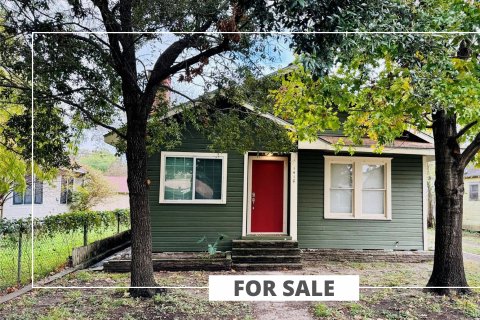


_md.jpg)










_md.jpg)

_md.jpg)








_md.jpg)




